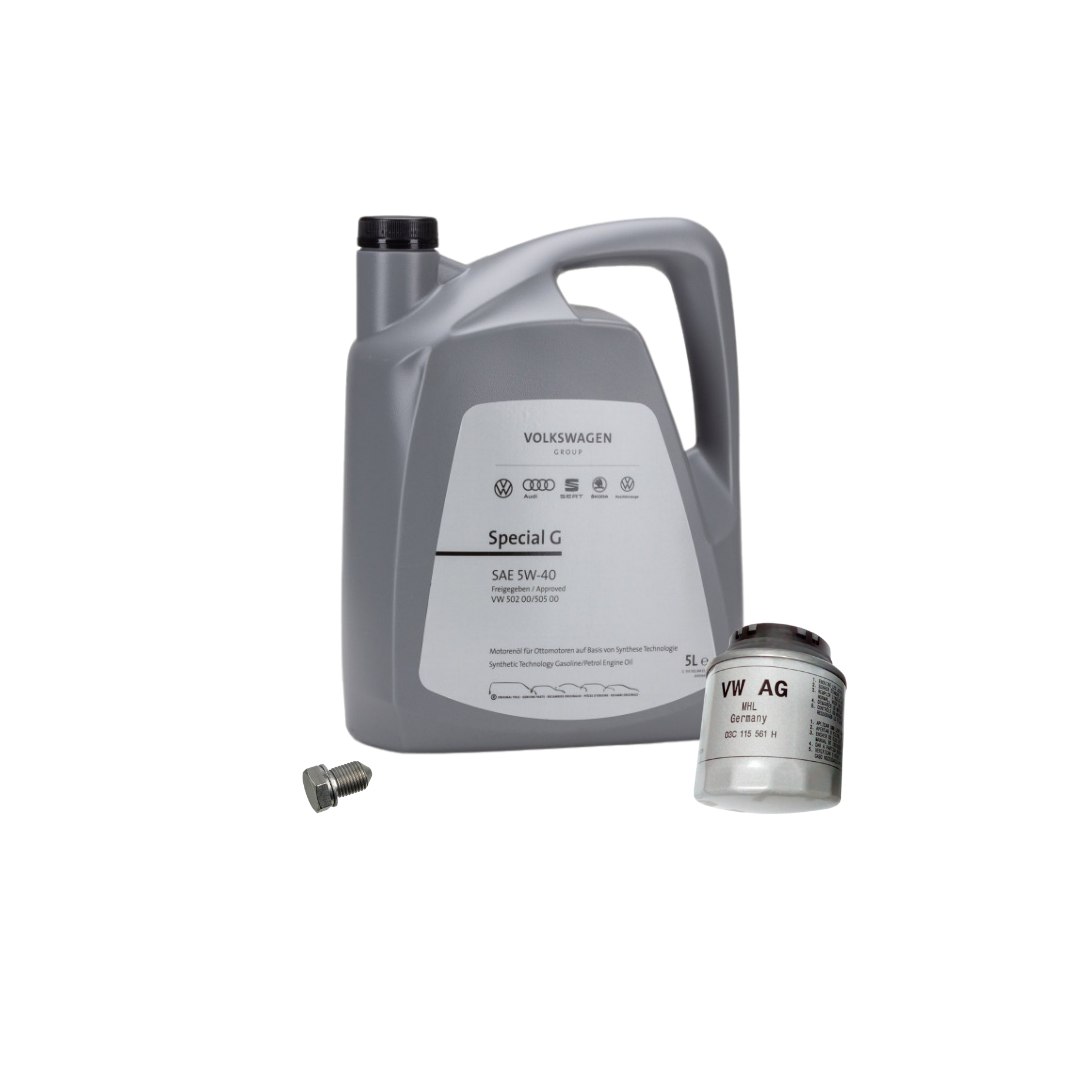Extend the lifespan of your clp engine with regular care.
Extend the lifespan of your clp engine with regular care.
Blog Article
Exactly How a Clp Engine Can Boost Performance in Various Industries
The introduction of CLP engines notes a substantial shift in operational efficiency throughout numerous industries, driven by their capability to enhance fuel intake and decrease downtime. As companies significantly prioritize sustainability together with efficiency, the role of CLP engines becomes also a lot more crucial.
Overview of CLP Engines
CLP engines, or Constant Liquid Propellant engines, stand for a substantial advancement in propulsion technology, particularly for area applications. These engines make use of a continuous feed system that enables the sustained expulsion of propellant, bring about improved performance and performance contrasted to standard strong or hybrid propulsion systems. By maintaining a consistent circulation of fluid propellant, CLP engines can accomplish extra accurate drive control, which is critical for steering spacecraft in numerous mission situations.
The design of CLP engines incorporates sophisticated products and ingenious gas management systems. clp engine. This results in reduced weight and raised reliability, vital variables for long-duration space objectives. The continual operation minimizes the threat of combustion instability, a typical obstacle in conventional rocket engines.

Benefits in Production
The manufacturing of Continuous Fluid Propellant (CLP) engines presents numerous noteworthy benefits that boost both performance and cost-effectiveness. One of the primary advantages is the streamlined production process, which reduces the complexity connected with traditional propulsion systems. By using liquid propellant, manufacturers can achieve greater precision in engine efficiency, causing optimized power outcome and lowered waste.
Furthermore, CLP engines promote a greater degree of modularity, enabling less complicated assimilation into various production lines. This flexibility can considerably reduce lead times and improve overall functional versatility. Using CLP innovation likewise often tends to reduce the requirement for extensive upkeep because of fewer moving components, which equates right into decreased downtime and functional prices.

Applications in Logistics
Leveraging Continuous Liquid Propellant (CLP) engines in logistics uses significant benefits in operational efficiency and dependability. These engines provide a robust option for various transport needs, allowing the smooth motion of goods across huge ranges. The integral layout of CLP engines permits constant power outcome, which translates into smoother and much more foreseeable transport timetables.
Among the key applications of CLP engines in logistics remains in sturdy freight transport, where they can drive both ground and airborne vehicles. Their capability to keep high performance under varying load problems makes sure that shipment timelines are fulfilled, therefore improving consumer fulfillment. Furthermore, CLP engines can be integrated right into automated logistics systems, helping with real-time tracking and maximizing course planning.
Additionally, the durability of go to the website CLP engines decreases maintenance downtime, enabling logistics companies to optimize their functional capabilities. This is particularly advantageous in warehousing procedures, where effectiveness in dealing with and transferring products is essential. As logistics continues to evolve, the integration of CLP engines represents a forward-thinking strategy that not only improves efficiency however likewise sustains the industry's growing needs for reliability and rate.
Effect On Power Performance
Just How do Continuous Liquid Propellant (CLP) engines enhance energy efficiency the original source in transport? CLP engines make use of a constant circulation of fluid gas, optimizing burning procedures and maintaining a secure thrust outcome. This design minimizes energy losses linked with typical burning engines, where gas distribution can vary and result in inadequacies.
The continuous procedure of CLP engines permits a much more effective thermal cycle, resulting in higher specific impulse compared to conventional engines. clp engine. This translates to lowered gas intake for the exact same quantity of work done, substantially lowering operational costs throughout various transport markets, consisting of aeronautics and maritime markets
In addition, the ability of CLP engines to maintain optimum efficiency under differing lots conditions minimizes the need for frequent acceleration and slowdown, further enhancing gas efficiency. Enhanced energy efficiency not just adds to cost financial savings however likewise results in reduce greenhouse gas exhausts, straightening with worldwide sustainability goals.
Future Trends and Innovations
Arising developments in Continuous Fluid Propellant (CLP) engine innovation pledge to transform the landscape of transport efficiency and sustainability. As sectors pivot towards greener choices, CLP engines stand at the leading edge, integrating ingenious products and layout methods that improve performance while reducing ecological effect.
One of the most appealing fads is the fostering of hybrid systems that incorporate CLP engines with sustainable power resources. This synergy can enhance gas usage and minimize exhausts, straightening with worldwide sustainability goals. Furthermore, innovations in computational liquid characteristics (CFD) are promoting the layout of more aerodynamically effective engines, causing lowered drag and improved gas efficiency.
Additionally, the advancement review of wise surveillance systems is readied to improve operational effectiveness. These systems utilize data analytics and IoT innovation to optimize engine efficiency in real-time, ensuring that the engines operate within their most effective criteria.
As research continues to explore different propellant formulations-- such as biofuels and synthetic fuels-- the future of CLP engines looks promising. By harnessing these advancements, industries can not only improve their effectiveness however also add substantially to a cleaner, extra lasting future in transport.
Conclusion
Finally, CLP engines stand for a substantial improvement in efficiency across numerous industries. Their capacity to maximize gas usage and minimize functional costs, integrated with a continual feed system, improves power output and operational dependability. The combination of innovative products and less relocating components reduces upkeep demands, while positioning with sustainability goals placements CLP engines as an essential technology for the future. Proceeded innovation in this field guarantees more improvements in efficiency and environmental efficiency.
Report this page